____________________________________
Industrial Liaison Group:
Tel: +44 (0) 1235 778797
E-mail: industry@diamond.ac.uk
Catalysis is estimated to be involved in 90% of all chemical processes and in the creation of 60% of the chemical products available on the market, but still it is rarely analysed at the atomic scale. The need to understand catalysis at this level is driven by both economic and environmental concerns; therefore there is a global interest in optimising the synthesis of new catalytic materials and in understanding the fundamental process of catalysis.
Diamond provides specialist analytical techniques for the atomic to microscale characterisation of various catalytic materials and the in situ study of catalytic processes.

Homogeneous catalyst design
Heterogeneous catalyst design
Mechanism of catalytic reactions
Processing of catalytic materials
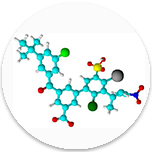
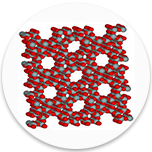
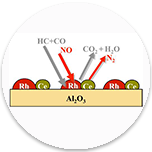


The hunt for viable green alternatives to traditional petrol and diesel engines has led a move towards natural gas engines, which produce less carbon dioxide emissions.
But natural gas engines pose other problems due to unburnt methane (a potent greenhouse gas) in the exhaust feed. So scientists at Diamond, Johnson Matthey – a global leader in sustainable technologies - and the University of Reading, have been researching ways to improve catalysts to convert residual methane into more environmentally friendly products.
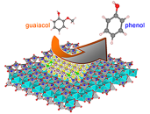
Indonesia is one of the largest suppliers of palm oil in the world, producing 42 million tonnes in 20181. It is also experiencing an increase in car usage, coupled with a growth in imports of fuel.
To overcome this problem, the Indonesian government is driving a move to biofuels. Until recently the fresh fruit bunch from palm oil has successfully been used, however the empty fruit bunch (EFB) and palm kernel shell (PKS) provide a more sustainable source of lignocellulose, a key component in second generation biofuel production.
One prospective method for the biofuel production is conversion of lignocellulose into bio-oil via fast pyrolysis and then upgrading the bio-oil over a catalyst, to remove oxygen. However, the existing alumina-based and noble metal catalysts still suffer from catalyst deactivation due to carbon deposition and metal leaching.
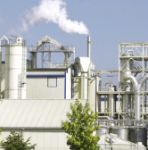
A proper understanding of structure-property relationships plays a central role in the design and discovery of novel materials. In many cases, exploring the relationship between the structure of a new material and its physical and chemical properties requires that measurements are carried out under exactly the same in situ conditions of temperature, pressure and atmosphere as the performance environments of the material of interest.
Read more...Diamond Light Source is the UK's national synchrotron science facility, located at the Harwell Science and Innovation Campus in Oxfordshire.
Copyright © 2022 Diamond Light Source
Diamond Light Source Ltd
Diamond House
Harwell Science & Innovation Campus
Didcot
Oxfordshire
OX11 0DE
Diamond Light Source® and the Diamond logo are registered trademarks of Diamond Light Source Ltd
Registered in England and Wales at Diamond House, Harwell Science and Innovation Campus, Didcot, Oxfordshire, OX11 0DE, United Kingdom. Company number: 4375679. VAT number: 287 461 957. Economic Operators Registration and Identification (EORI) number: GB287461957003.